Building: High Performance Organizations
In over 20 years of real-world experience, OLC has helped organizations develop specific "Organizational Capabilities" that enable the achievement of high performance, foster innovation and engagement, and help knowledge workers use their full potential.
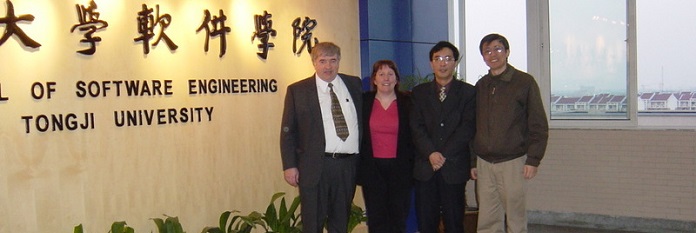
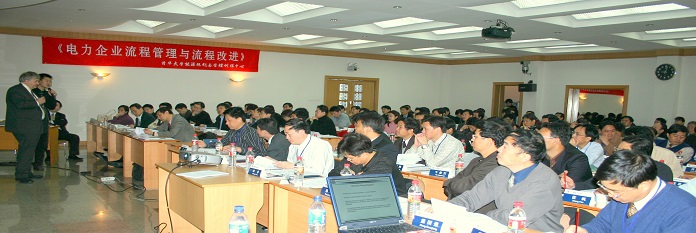
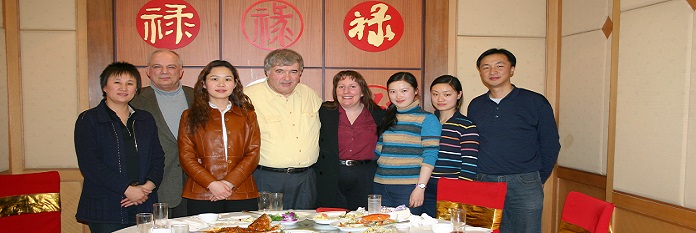
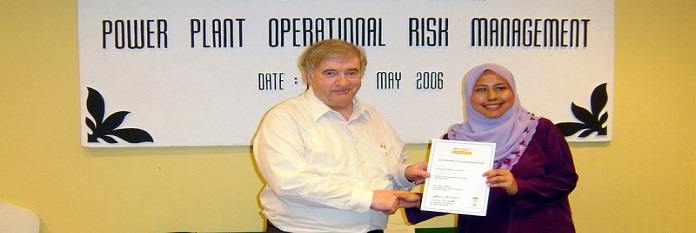
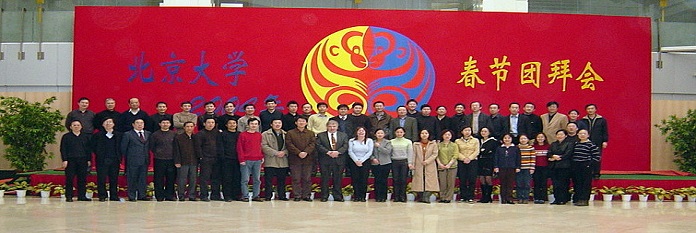
The Magic Notes
Few can hear the magic notes and have danced with joy together.
Many have been drowned by the noise of fame and their desire for material gain.
The universe cries for what could be, the choices that went wrong.
It cries for those who pass this way and didn’t awake to sing their song.
The Living Organization
The human body is an organism made up of organs which perform a process to achieve a purpose and higher-level processes within the human organism that work together to facilitate the ability of our body to act in the world. Our ability to function effectively in our lives is dependent upon the health of our organs and their effectiveness in working together. Applying this thought to organizations, the living organization can be viewed as a larger more complex organism consisting of many organs/functions and high-level processes that enable the organization to act in the world.
The attached model, Organizational Evolution – Food for Thought” illustrates the stages organizations go through when up evolving into a living organization; evolving from what has been referred to in this document as a domineering organization to a partnership organization. This model is an adaptation of the Laloux culture model in Frederick Laloux’s famous book “Reinventing Organizations” It is a resource used by Quantum Leaders (quantumleaders.com) who are champions of the living organization. Quantum Leaders commitment is to provide a bridge to enable organizations to transition from an organization as a machine to an organization as a living being. I consider the information I provide in this document is a resource to help organizations cross that bridge.
Quantum Leaders stress the importance of what they refer to as “context”. They state that context influences the way we see the world and behave. Our individual context influences the choices we make to address the challenges we face. We have built our individual context which from life experiences, which only change as a result of learning from new experiences. Let’s remember that once we thought the earth was flat and then exploration told us we were wrong. There is a parallel with the context of the living organization. It has been built up as an outcome of the organization’s experiences and only changes as a result of new experiences. The process of building the partnership organization provides new experiences and enables the acceptance of a new context that facilitates organizational prosperity. It is a pathway to building the living organization.
The analogy between the living organization and the human organism differs in that the living organizations processes, and the integration of these processes can be changed. Quantum leaders’ view is that organizations can become increasingly self-managed learning organizations, fluid and self-organizing around the needs of the customers and markets. And I agree. It is important to recognize that organizational leaders have helped to create the existing organizational context and are resistant to change unless a new pathway is clearly demonstrated. (For those interested it’s worthwhile reading the short book “Who moved my cheese.”)
Key Thoughts
1. Alleviating the Symptoms of Societal ill Health and Eliminating the Root Cause
2. The Challenge of Embracing a Fundamentally Different Management Paradigm
3. Process Management And the Importance of Inner Wisdom And Creativity
4. The Living Organization
5. Organizational Evolution Theory
6. Understanding the Challenge of Developing a Partnership Culture
7. Conclusion Comments and Final Thought